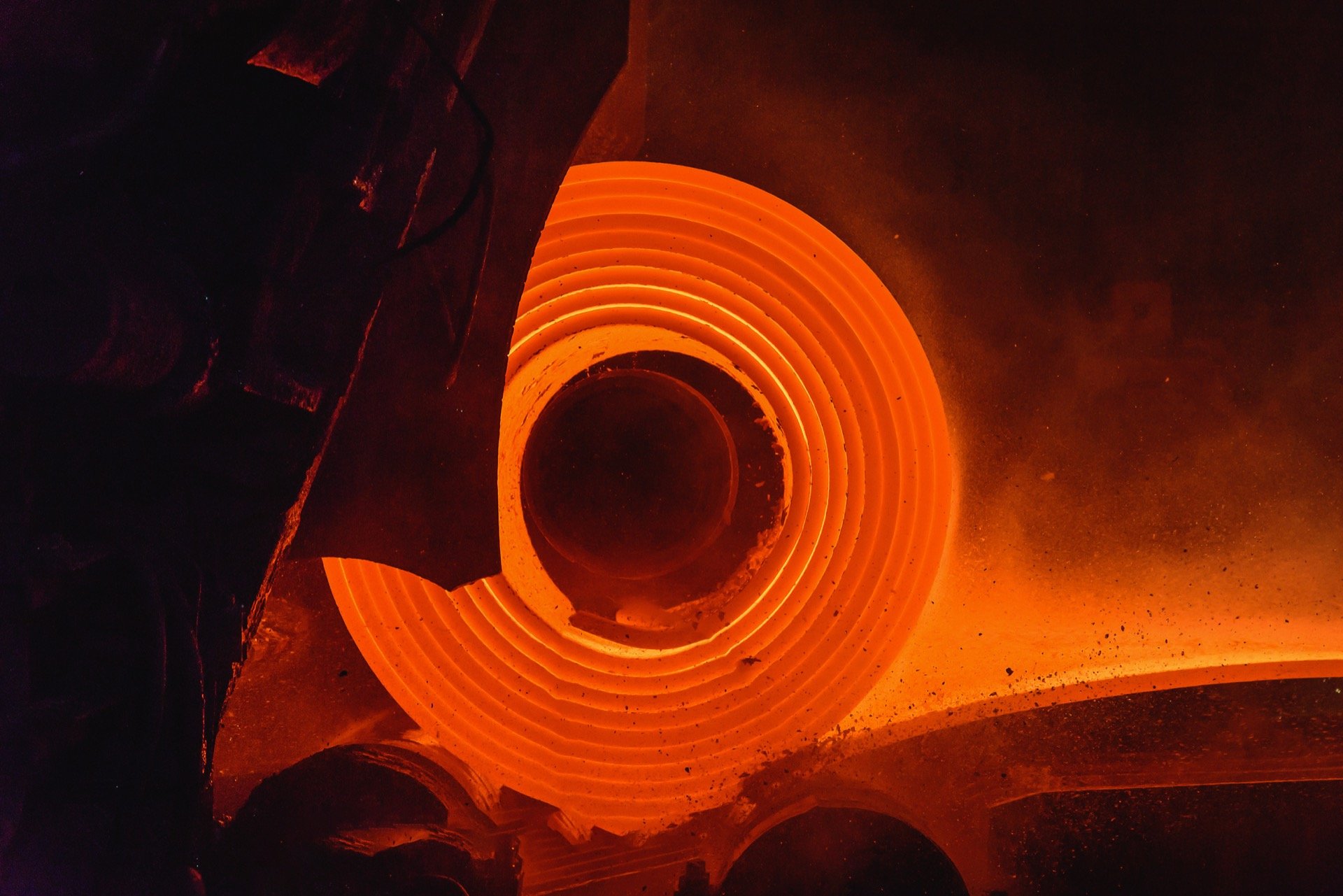Steel, with its multitude of beneficial and helpful properties, make it the first choice for a wide array of projects. However, there’s not just one type of steel that makes all these projects possible. Steel comes in a plethora of finishes, grades, shapes, and sizes with the need for its characteristics to be altered to best suit the final goal. How steel is manufactured, in particular, determines what properties it will have. For instance, hot vs. cold rolled steel produce entirely different results.
What’s the Difference Between Hot vs Cold Rolled Steel?
As illustrated in their process name, the distinction between hold vs cold rolled steel is temperature. Specifically, how each process uses temperature differently in the manufacturing process. Hot rolling is done using heat, while cold rolling is done at or close to room temperature. These techniques affect the end steel product differently, but shouldn’t be mistaken for formal specifications or grades of steel. Specifications are the technical standards that steel is held to, while grades refer to the composition and physical properties of the metal.
Depending on the need of the project, steel can be hot rolled or cold rolled under different technical standards and grades. Understanding which type of steel is better to use can make a huge difference in the performance of their application.
The Hot Rolled Steel Process
Hot rolled steel involves roll-pressing steel (i.e. flattening steel through two rollers like a rolling pin) at over 925°C. This is above the recrystallization temperature which makes it easier for steel to form and work with.
The process starts with manufacturers using a massive piece of metal. The piece is called a billet and is often long and rectangular in shape. The metal is heated to 925°C and sent to pre-processing where it is then flattened and then put into a large roll. It’s then kept at this high temperature to make it easier for the next step where it’s pushed through a series of rollers at high speeds to attain the final size needed.
To turn the steel into sheet metal, the rolled steel is spun into large coils then left to cool. Like many metals, hot rolled steel shrinks when it cools, but because of the especially high temperature, there is less control over how it does so. Therefore, it’s best used to make larger components where the end shape and aesthetics matter less. For instance, this type of steel is often used in rail tracks and train cars.
The Cold Rolled Steel Process
Cold rolled steel is basically just further refinement of hot rolled steel. After the hot rolled steel has cooled down, the cold rolled steel process begins to roll it again and create more refined components.
Also, unlike hot rolled steel, cold rolled steel doesn’t refer to a single process. It describes a range of finishing processes. In addition, the end products are often significantly smaller to form pieces like strips, bars, and rods. The cold rolled steel process technically applies only to sheets that have been compressed through rollers again, but other processes of grinding, finishing, and polishing also fall under this banner.
The Unique Benefits of Each Process
Hot rolled steel is a faster process and requires less effort to create end products—often passing the savings onto customers. It’s also is very strong due to cooling down at room temperature which prevents internal stresses that could compromise its strength.
Because of its strength, hot rolled steel is often used in structural components of buildings, tire rims, car frames, trains, and other products that require longevity and durability over precision.
Cold rolled steel, on the other hand, is used when precision matters more, or where the overall aesthetic of the steel used is considered more important. This type of steel is harder and stronger due to its additional processing but must be properly treated to prevent warping over time or under stress.
It’s often used in home appliances, furniture, exhaust pipes, shelving, and filing cabinets where its shiny aesthetic makes it more desired.
Both types of steel have their merits for their use. Depending on your goals, either or both could be very helpful to use in your next project.

